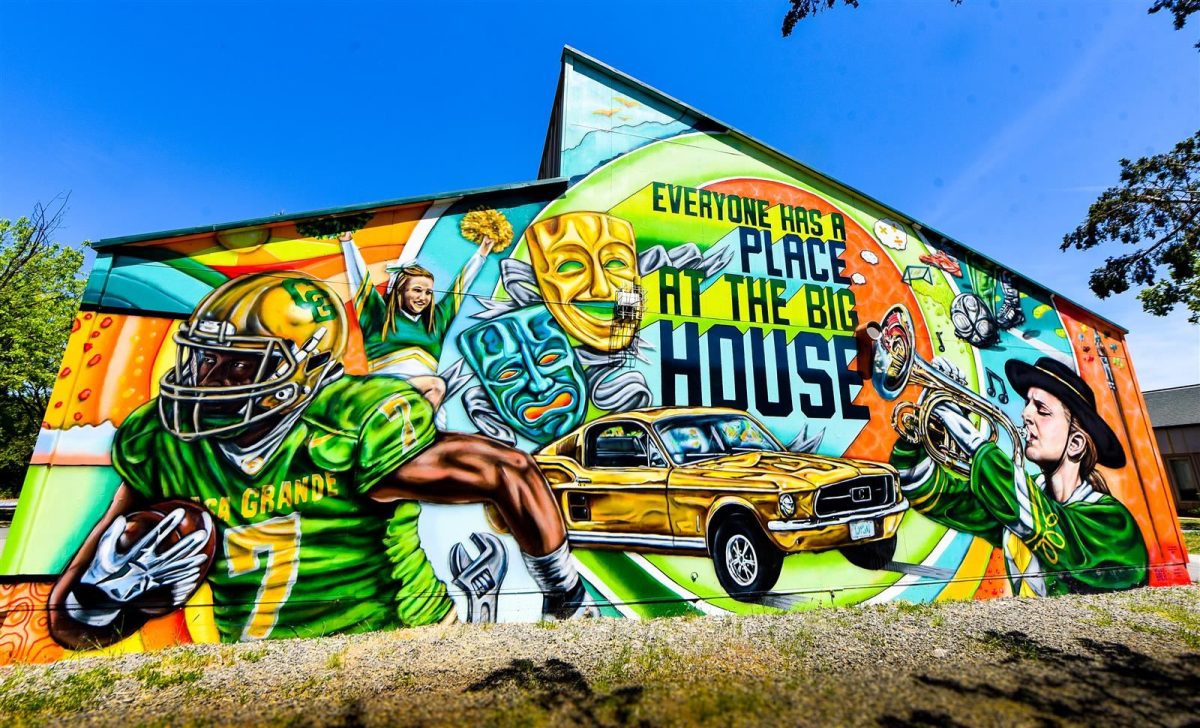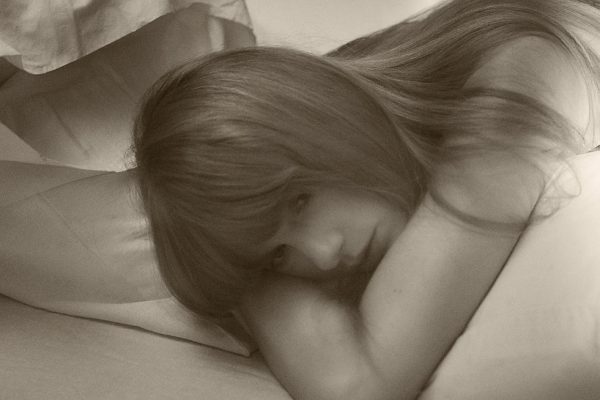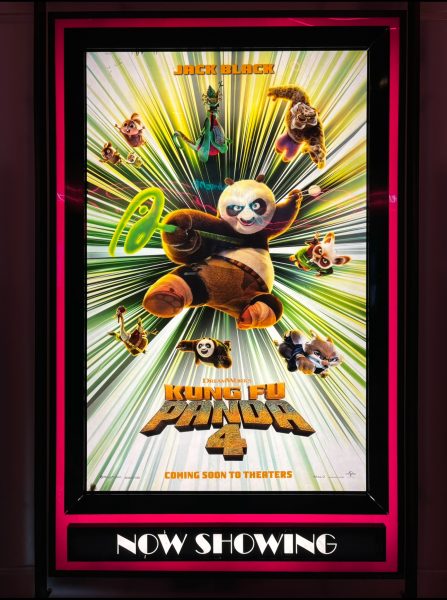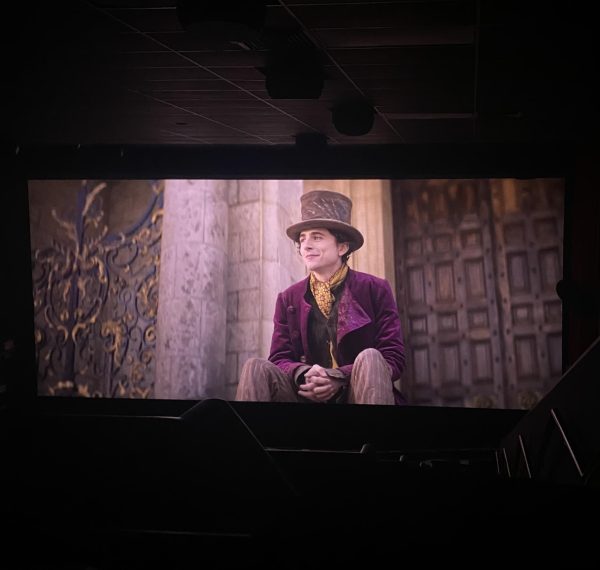The Rest of Us Just Live Here
★★★★☆ 4/5
Everyone is familiar with the genre: that science fiction or fantasy young adult romance, featuring an assortment of teenagers with inexplicably unusual names, somehow special or set apart and thus doomed to fight some kind of world-ending catastrophe even though there ought to be far more stable and experienced adults working on the problem instead. This book is about everyone else.
“The Rest of Us Just Live Here” by Patrick Ness focuses on the people who aren’t the focus of the kinds of adventures named above. It’s the story of the people who aren’t the Chosen One or their group of friends; it’s the story of the people who are left behind, who are trying to live their own lives in a world ending, who aren’t part of the struggle and can’t do anything but try and stay alive and pick up the pieces afterwards. In that way, it’s the story of anyone who is trying to get through this Earth without having their soul crushed. It’s very relatable.
In the small town that Mike lives in, there’s the indie kids — with their weird names, and fighting witches, or ghosts, or immortal beings from another dimension — and then there’s everyone else. The huge crises, the epics that the indie kids are always busy being the heroes of are just another blip on the radar for the rest of the town. Hilariously enough, each chapter of the book summarizes the adventures of indie kid Satchel and her friends as they try and save the town while being bogged down by various Y.A. tropes, creating a sort of meta commentary on the Chosen One narrative while at the same time making said narrative unimportant to the actual story of the book.
This story caught my attention because of its deliberate inversion of common tropes, and it kept my attention because of its diverse cast. Mike has a realistically portrayed mental illness that isn’t the focus of his life; it’s just another tangent fact that he has to deal with. His sister is recovering from an eating disorder, and again, it isn’t the focus of the story. His best friend, Nathan, is gay. Henna is an explicitly non-white character, which isn’t something books often give you the luxury of. The best part of this book, in my opinion, is that the characters aren’t solely defined by these things; they’re facts of their lives, but they don’t overwhelm your mental picture of the characters. This book is about dealing with the aftermath of all these things — after you’ve recovered from your mental illness or eating disorder, after you come out to all your friends. Life goes on as normal, just with different small messes to look after.
I enjoyed Ness’ writing style and his respectful inclusion of diverse characters without forcing diversity to become the focus of the story. Overall, this story was a clever inversion of the typical “Chosen One” narrative, and a refreshing read.






